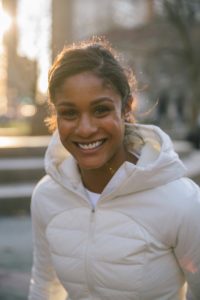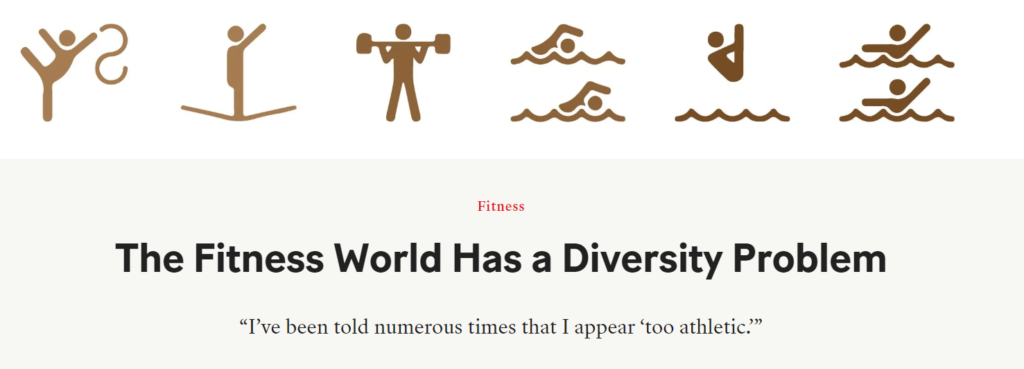 Ashley Mitchell
Ashley Mitchell
Fitness Instructor at Barry’s,
CEO and Founder of The Courage Campaign
As the daughter of a professional boxer, a competitive athlete, theatre major, and fitness professional, Ashley’s background and upbringing have taught her to successfully navigate failure, fear, and discrimination, and use adversity to redefine her own success.
It was this unique mix of experiences that inspired her to create The Courage Campaign, a company that leverages movement, intention-setting and guided introspection to redefine people’s relationship with fear.
When she’s not working with students grades K-12, she can be found delivering purposeful, yet relentless programming at all 3 Barry’s locations where she is a senior instructor. She is also a brand ambassador for lululemon, fitness model for NOBULL, and can be found through podcasts, publications, and at pop-ups curated for The Courage Campaign.
Discussion Content
“The Fitness World Has a Diversity Problem” by Tamara Pridgett
Teen Vogue
Brief Intro:
As a little girl in dance classes, on stage, and on sports teams I often wondered why there was no one who looked like me. Many years later, I find myself asking this question more frequently and with more exasperation. As a fitness instructor and creator of a brand centered around Courage, I spend my weeks crossing paths with hundreds of people ages 7-70 in studios, gyms, schools, activewear stores, on podcasts, meetings in coffee shops… and on most occasions, I am the only person of color in the room. The very nature of health and wellness implies accessibility and diversity since we all deserve to be our healthiest and best selves, so why is boutique fitness so white?
Ashley’s Discussion Questions (PDF for Print)
- What are some ways that boutique fitness studios can include and even cater to a more diverse clientele?
- What are the social and emotional advantages to creating a diverse fitness community?
- As consumers, what can we do to demand better from fitness companies/ brands?
- What are the parallels between the lack of positive health imagery for people of color and the confidence levels, mental health, and agency amongst teenagers and young adults of color?

